Headaches Part 2: Improve posture with these techniques
By improving your posture, you can alter the intensity, frequency and duration of your headaches. As discussed in the previous headache blog, the focus of physical therapy intervention for headaches primarily involves treatment of cervicogenic and musculoskeletal headaches. These kinds of headaches originate from mechanical origin. Therefore,
One of the primary ways to improve the health of these structures is to address postural abnormalities. For instance, poor posture can result in short and tight or long and weak muscles as well as myofascial trigger points. Implementing appropriate exercises can help reverse these changes and normalize your system. Fortunately, there are fairly easy headache self-management exercises you can add to your daily routine to significantly improve your quality of life!
How to Reverse Poor Sitting Posture
The 3 main aspects of reversing poor sitting posture in the upper body include: reducing the backwards bend in your neck, limiting your head jutting too far forward and rounding in your upper back. The following 3 exercises target these abnormal findings, respectively.
For each exercise you will see a starting position picture and an ending position picture to better explain the movement.
Increasing neck strength to improve posture:
- Deep Neck Flexor nods:
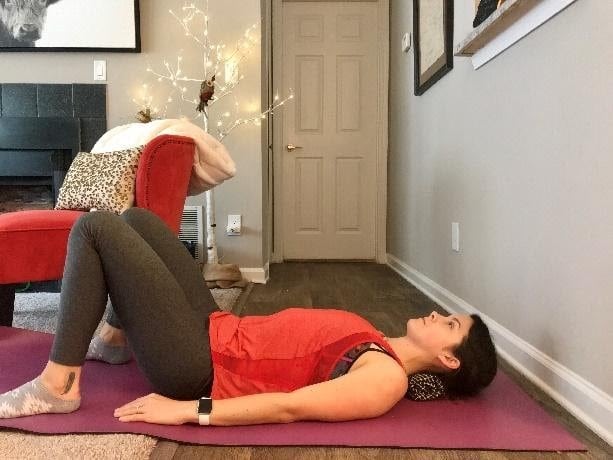
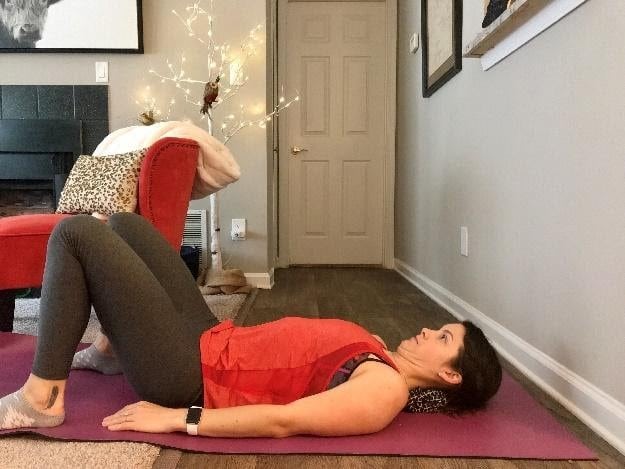
Video: https://youtu.be/Zn_kKi8G_Tc
- Cervical retraction:

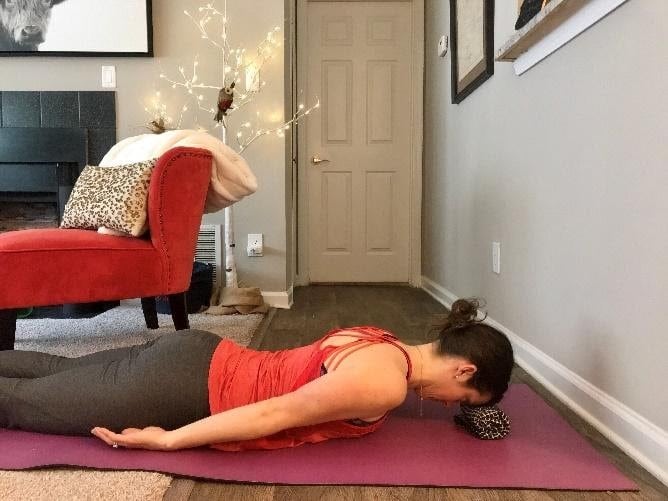
Video: https://youtu.be/3DxNSd0Gatk
- Scapular retraction:
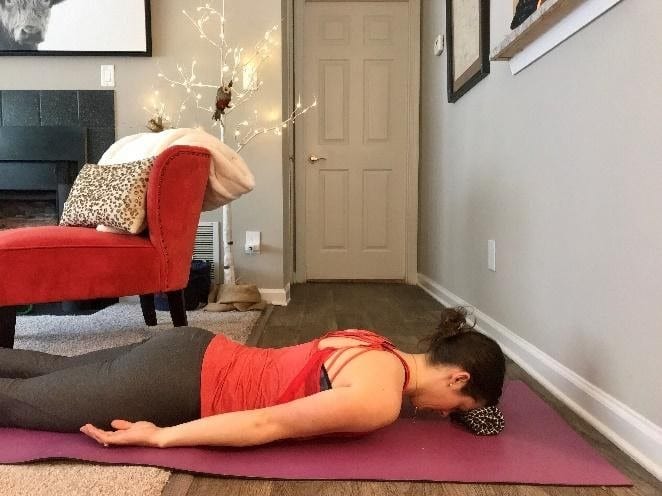
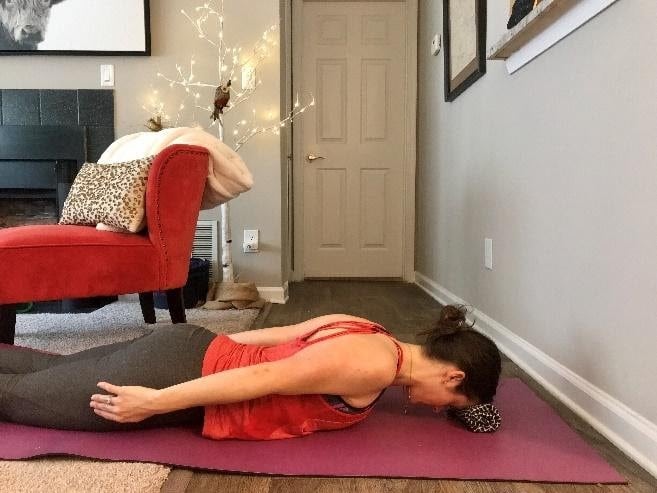
Video: https://youtu.be/LrBW-B6cYC4
Improving Spinal Mobility to improve posture
Another important aspect of postural restoration is improving mobility in stiff areas. Generally, most everyone could use more mobility in the front of their shoulders. For example, you become more stiff when you spend more time bent over your phone, the steering wheel or your desk at work (or home!). Furthermore, if you don’t have the correct strength, gravity doesn’t help. Gravity does not make it “easier” to sit upright. Subseqeuntly, sitting in a slumped position decreases your thoracic or mid back mobility, limiting how much extension you have in this area. In addition, these impairments also set you up for the development of trigger points that can cause referred pain felt as a headache. Try these mobility exercises to help combat the onset of musculoskeletal headaches.
Mobility Exercises:
- Thoracic foam rolling:
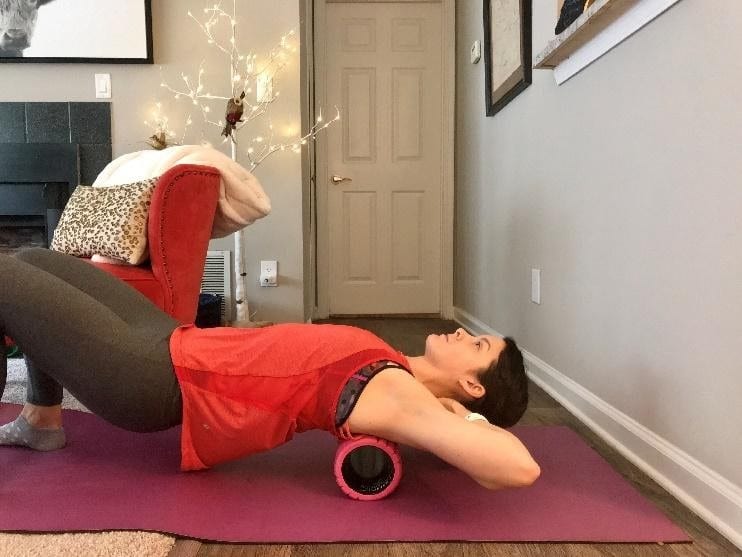
- Pec doorway stretch:
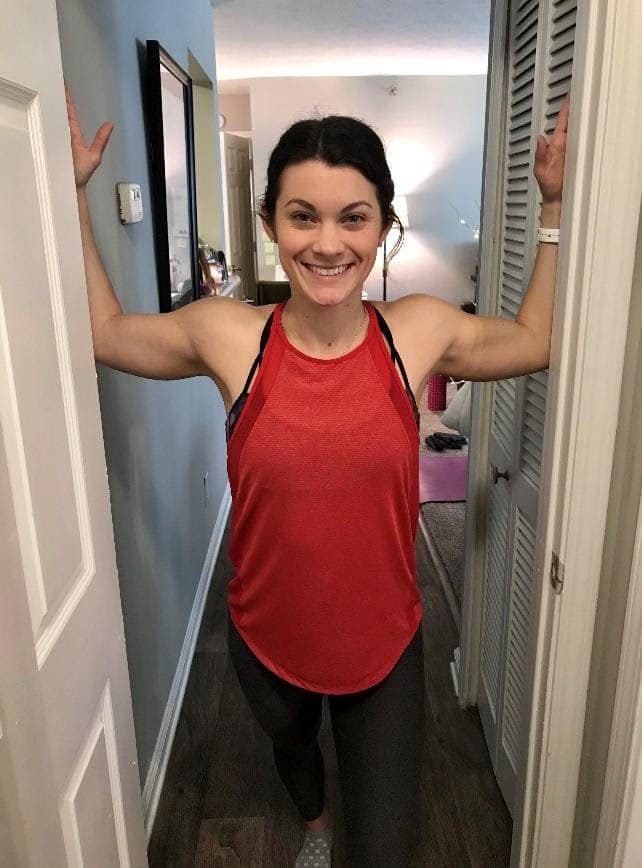
- Self-trigger point release:
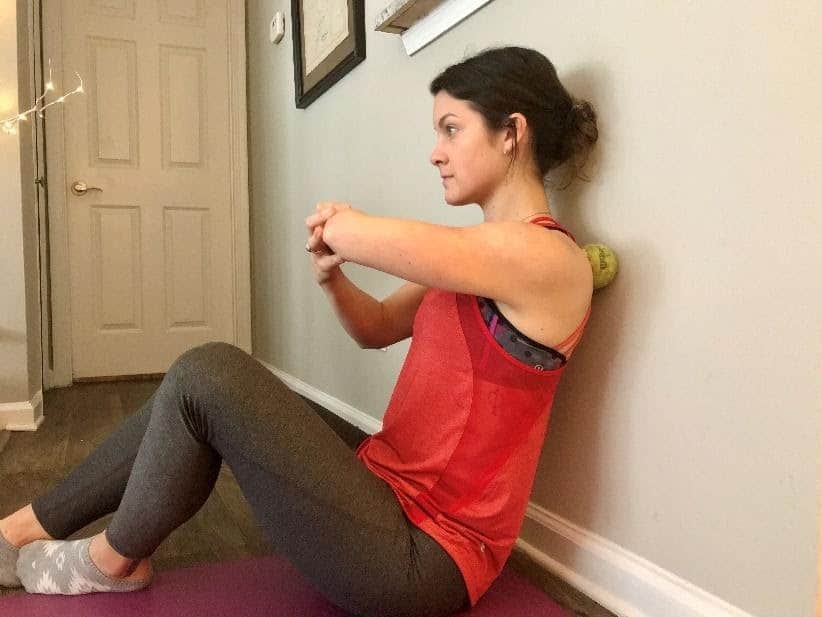
Check out our website Atlanta PT for more blogs and our YouTube channel for more exercise videos!
